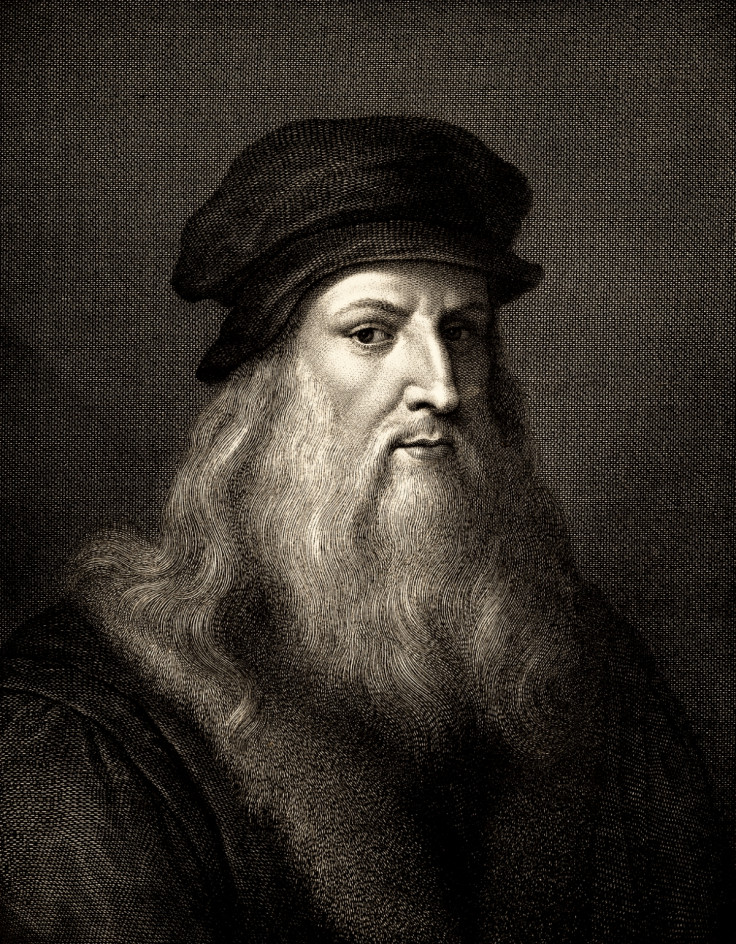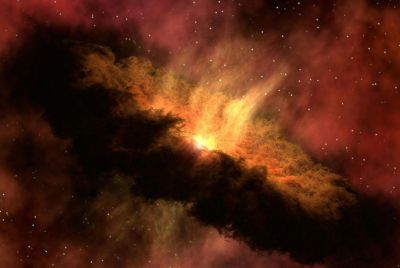Da Vinci's DNA: Leonardo Project to reveal secrets of Renaissance master

A major project to uncover the genetic profile of Leonardo da Vinci is under way. Using DNA evidence, scientists are hoping to reconstruct the face of da Vinci, establish his ancestry, work out his state of health, diet, and even his personal habits.
An international team of specialists founded the project in 2014. They hope to have it completed by 2019 – the 500<sup>th anniversary of da Vinci's death.
Scientists, including geneticists, historians, genealogists and anthropologists, will first need to find the remains of the Renaissance master. He was buried in 1452 in the chapel of Saint-Hubert at the Château d'Amboise. However, changes to the church meant the location of his grave was lost.
First, the researchers will need the necessary approval to find and exhume the remains in order to access the DNA. They will then need to compare it to that of da Vinci's relatives, and see if it matches with other reported physical characteristics, such as the artist being left-handed.
Should they confirm his identity, they will then be able to uncover a host of information about the artist and inventor – including what made him so remarkable. The motives, objectives and methods are all outlined in a special issue of Human Evolution dedicated to the project.
"If DNA analysis yields a definitive identification, then conventional and computerised techniques might reconstruct the face of Leonardo from the real and virtual models of the skull and from the possible death mask, reportedly in Paris, made at the time of Leonardo's passing," wrote Jesse Ausubel, Vice Chairman of the Richard Lounsbery Foundation.
But more than seeing the 'true' face of da Vinci, the researchers also hope the DNA will give an insight into his life and mind. For example, researchers say his DNA could provide an understanding of "his abilities and visual acuity".
"Information potentially revealed from the work includes his ancestry and additional insight into his diet, state of health, personal habits, and places of residence ... We stand to gain not only greater historical knowledge of Leonardo but possibly a reconstruction of his genetic profile, which could provide insights into other individuals with remarkable qualities."
Another potential avenue of research is into his artwork. Scientists will be able to examine da Vinci's works for his skin cells and fingerprints. "DNA samples matched to others found in Florence (or Milan or Amboise) could serve as a reference standard for authenticating disputed or unidentified works of Leonardo ... Studying DNA traces in Leonardo's artwork could improve techniques for extracting and sequencing DNA from other centuries-old works of art, and associated methods," Ausubel wrote.
Of the project more broadly, he added: "I think everyone in the group believes that Leonardo, who devoted himself to advancing art and science, who delighted in puzzles, and whose diverse talents and insights continue to enrich society five centuries after his passing, would welcome the initiative of this team -- indeed would likely wish to lead it were he alive today."
Eugenio Giani, President of the Regional Council of Tuscany, said bringing together researchers from different disciplines to better understand da Vinci is "positive and very important".
"My hope, as a Florentine and Tuscan, is that all this will help outline a portrait of Leonardo as faithful as possible to reality, bringing out the true bond that he had with Florence, starting from the properties of his family in the city."
© Copyright IBTimes 2025. All rights reserved.



















